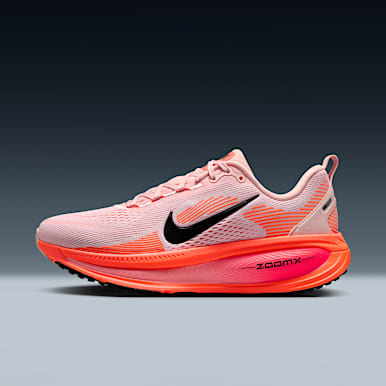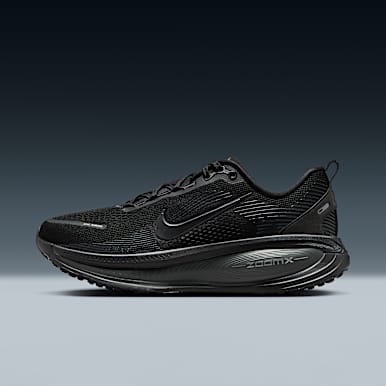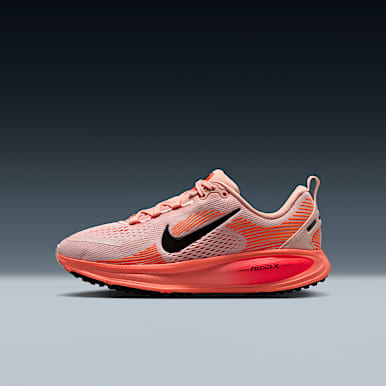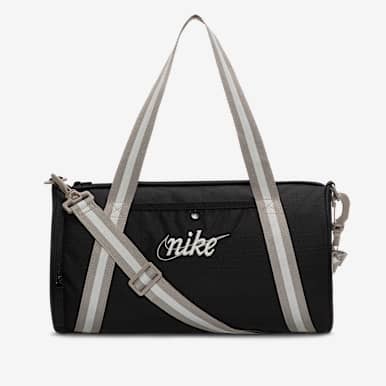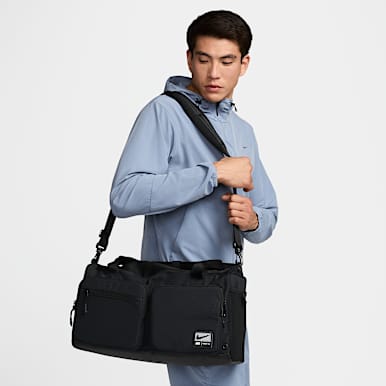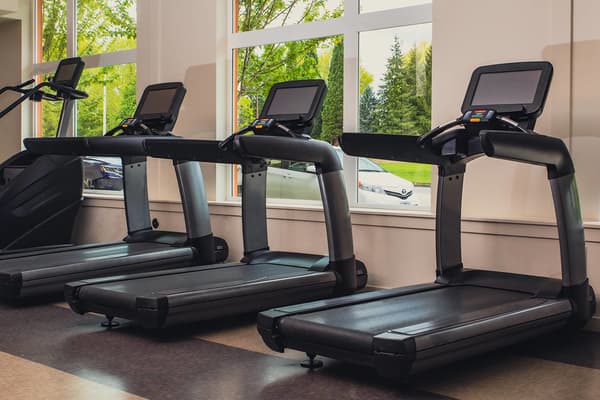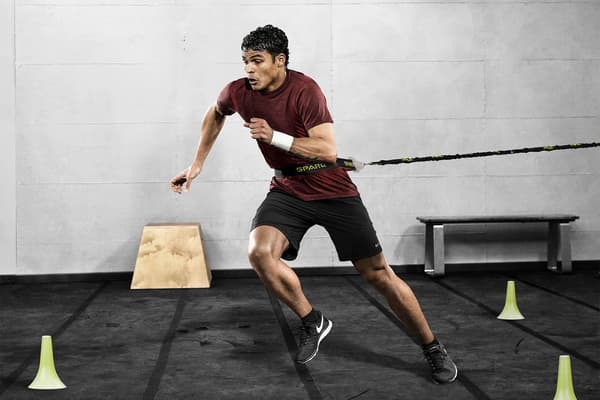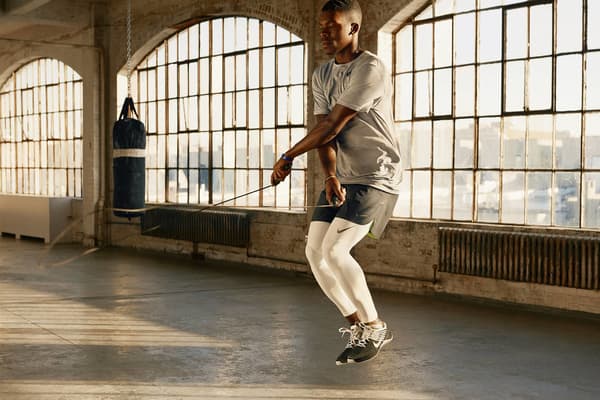Should You Run in a Weighted Vest? Experts Explain the Benefits—And Drawbacks
Sport & Activity
Talk about multitasking: you can get cardio and strength training at once, but there are a few caveats to bear in mind.
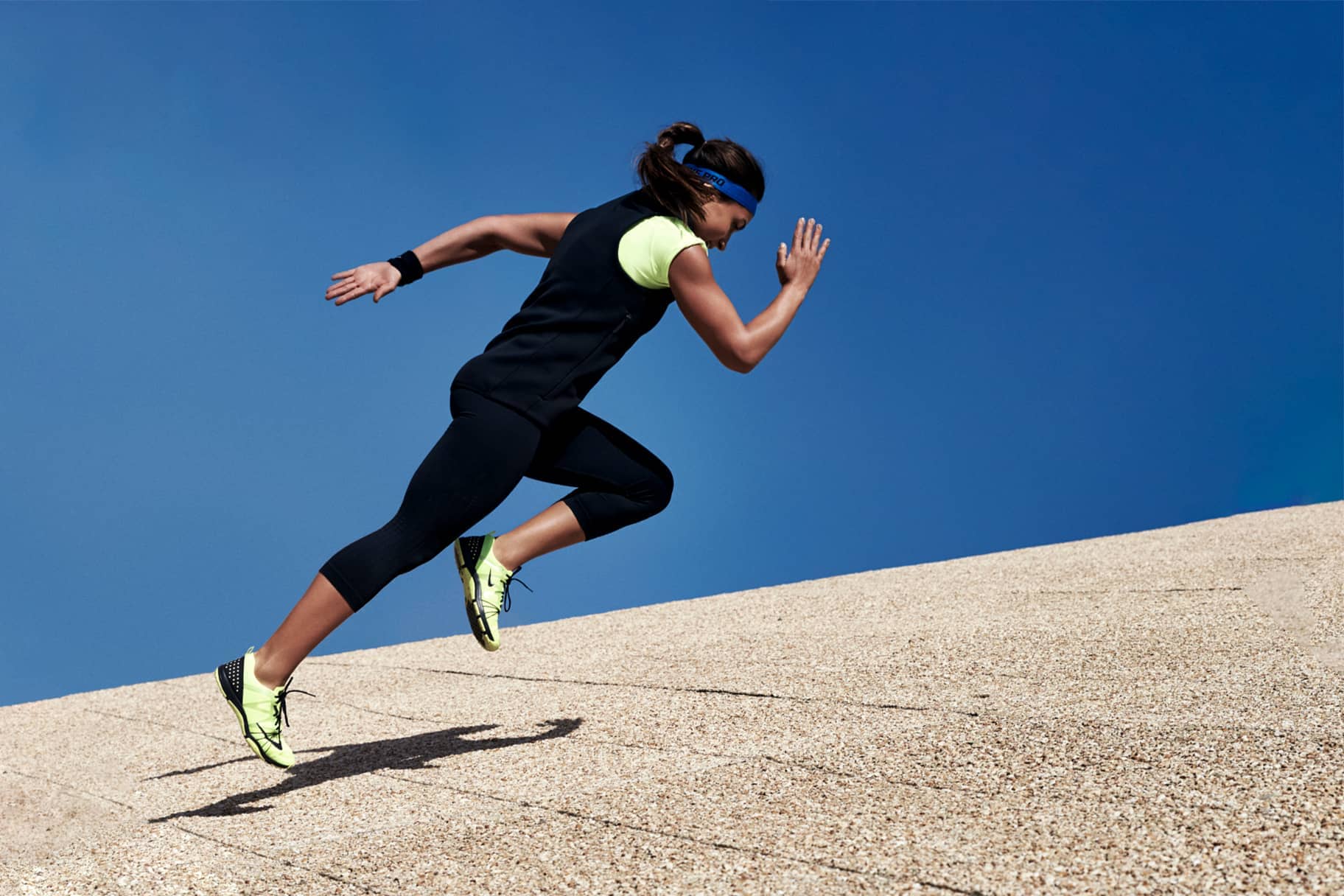
Weighted vests are exactly what they sound like—form-fitting vests that can usually be adjusted in weight through the use of small sandbags, weight plates or solid cartridge-type weights. Wearing a weighted vest may be ideal during stationary exercises such as squats or pull-ups, but what about when you get moving, like on a long run?
Here are some pros and cons to weighted running.
Possible Benefits of Running With a Weighted Vest
Running with a weighted vest offers a couple of distinctive benefits, said Megan Kennihan, C.P.T., RRCA-certified running coach and USATF-certified athletics coach.
Most notably, it can improve your balance, since a weighted vest emphasises your body position and foot landing, she said.
"It also helps with speed, because you're training your body to exert more force during these run sessions, so when you run without it, your body remembers how to exert that same force, making you faster without the vest", she said. "Another plus is that it can give you a cardiovascular boost, therefore improving your running economy".
RELATED: The Beginner's Guide to Start Running, According to People Who Have Done It
When you are vested, your body has to work harder to propel you forwards, Kennihan said. That increases your heart rate and makes your heart pump faster to get blood to the muscles and through the veins. As long as you don't have cardiovascular issues making that process a concern, the effect can be a performance booster, she added.
Though if you're susceptible to injury or have an underlying health condition, running with a weighted running vest could increase the risk of complications. Make sure you clear it with your doctor or related health professional before test-driving a weighted vest.
What the Research Says
Studies on the benefits and drawbacks of weighted vests are limited, with either a modest number of participants, a short time frame or both.
That said, there are some results showing that weighted vest training offers benefits for runners. For example, a small-scale 2012 study in The Journal of Strength and Conditioning Research found that weighted vests were effective in slightly improving agility for runners, which translated to being able to jump with more power when the vest was removed.
A 2021 study in the same journal found wearing a vest of 10 percent of a person's body weight burnt more calories than running without one. That's similar to a clinical trial where participants wore a weighted vest for eight hours a day for three weeks—without doing physical activity—and had pronounced body weight loss compared to those who didn't wear vests.
And a research review that examined 11 studies on weighted vest training for sprinting performance found that using vests improved blood lactate thresholds, which means runners were able to tolerate sprinting for longer time periods before fatigue. Lower-weight vests, such as those using only an empty vest—usually around 2.27 kg—were also shown to be helpful for longer distances.
However, it was tricky to determine the overall effect since vest loads varied widely—from 5 to 40 percent of body mass. That led researchers to conclude that future studies need to look closer at optimum load and volume to determine the training benefits for sprinters and endurance runners.
Potential Drawbacks to Bear in Mind
The biggest caveat here is that running already creates much higher forces on the body than walking does, according to Rachel MacNeill, D.P.T. and owner of Flexibility Physical Therapy. For example, she noted that each heelstrike produces a force equal to three to four times your bodyweight.
"We're constantly trying to mitigate these forces in our attempts at decreasing injury risk", she said. "A weighted vest would add to compressive forces on the joints and overall impact on the body, which seems counter-intuitive. A better use of weights for runners would be simply lifting in the gym during strength-training sessions".
Other drawbacks are that you won't be able to run as quickly, and that your body mechanics could change in a way that throws off your form, Kennihan added. Although a lower weight might improve posture by causing you to run more upright, a higher weight could cause you to compensate by leaning forwards or back, or adjusting your stride in a new way.
"Also, overloading the upper body with a weighted vest could lead to injuries of the spine, and poor posture if you're using a vest that's too heavy could lead to a 'hunchback' posture overall", she said. That's particularly true if you haven't built up more core strength, which will help you utilise the vest more effectively.
Bottom Line
Like any type of added fitness equipment, the use of a weighted vest will come down to personal preference and how it affects you. Some people swear by them, while others could be at a higher risk of spinal injury. This is why it's so important to check in with your doctor or physiotherapist before testing out a weighted vest.
If you are giving a vest a try, Kennihan suggests choosing one that fits close to the body and is snug when you're running. The weight should feel evenly distributed around your torso—not just at the front, which can pull you forwards when you run—and be no more than 10 percent of your body weight on its own.
"Ideally, get one that is adjustable, so you can start with it empty and gradually build up to its full capacity", she said. "Start with only running in the vest for a few minutes at a time, then very slowly build up from there in terms of time and weight".
Words by Elizabeth Millard

Nike Run Club
Listen to the Guided Runs in the Nike Run Club App and run with some of the best coaches and athletes, like Eliud Kipchoge, Shalane Flanagan and Mo Farah. Our Guided Runs give you the guidance you need to listen to your body, adapt to your training plan and become your own best coach.

